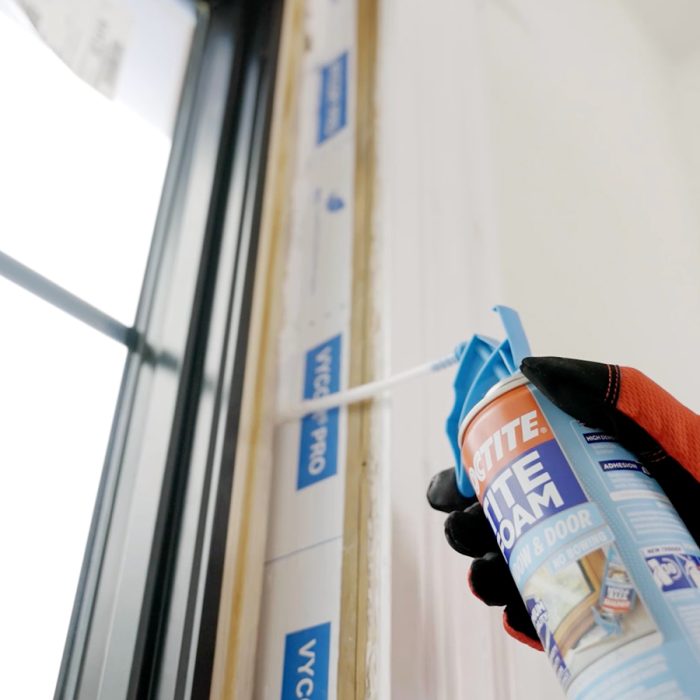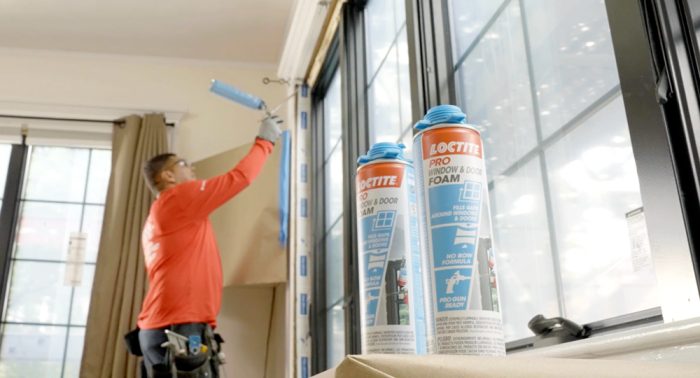Air-Sealing Windows with Insulating Foam
On this historical renovation, Joe Danz details how he and his crew air-seal windows with Loctite insulating foam products.
Sponsored by Loctite
Air-sealing around windows is a cost-effective way to improve a home’s performance. On this project, Joe Danz and his crew with Boston Exterior Remodeling are working on a historical home renovation that includes replacing and air-sealing windows to increase energy efficiency and occupant comfort. In this video, Joe demonstrates how they use Loctite’s TITE FOAM and Pro Window and Door Foam to ensure these old homes can enjoy a second chance at life using these best practices.
Here’s the transcript:

It’s very important to clear out the cavity before you get started. Take a vacuum and clean all the edges. Make sure that all the debris is gone and that your shims are locked tight. When you start and insulate the cavity, you want to put the straw in, pull back about an inch, and then fill the cavity completely. We’re just trying to bond the frame of the window to the rough opening, not a flange.
Tite Foam with the straw applicator is more for a quick job when we’re going to do a window, I’m going to show the guys how I want it done, or I’m doing a demonstration for a homeowner, or I have a smaller project. As you work your way into the inside, don’t worry about filling it too much, because you can always go back and cut the excess.
One thing I really like about Tite Foam is that it remains flexible even after it cures. If any of the substrates expand or contract, the foam has the ability to flex and remain bonded to both those services without cracking or separating.
And for the rest of the job, since we have 45 more windows to do, we’re going to get Paolo hooked up with a pro gun and Loctite Pro Window and Door Foam. You get a lot of yield out of the pro cans, and the gun itself gives you a lot of flexibility because we can dial in the flow for consistency. You can lay out a few test beads until you get what you want. And you’re ready to go.
At Boston Exterior Remodeling we really do a lot of historical renovations. We get to work on the oldest homes in Boston. We get to give them a second chance at life. They need to have updated products, and we have to have best practices. We’ve been using Loctite foam since Boston Exterior started. On all of our homes, we make it standard.
RELATED STORIES


























